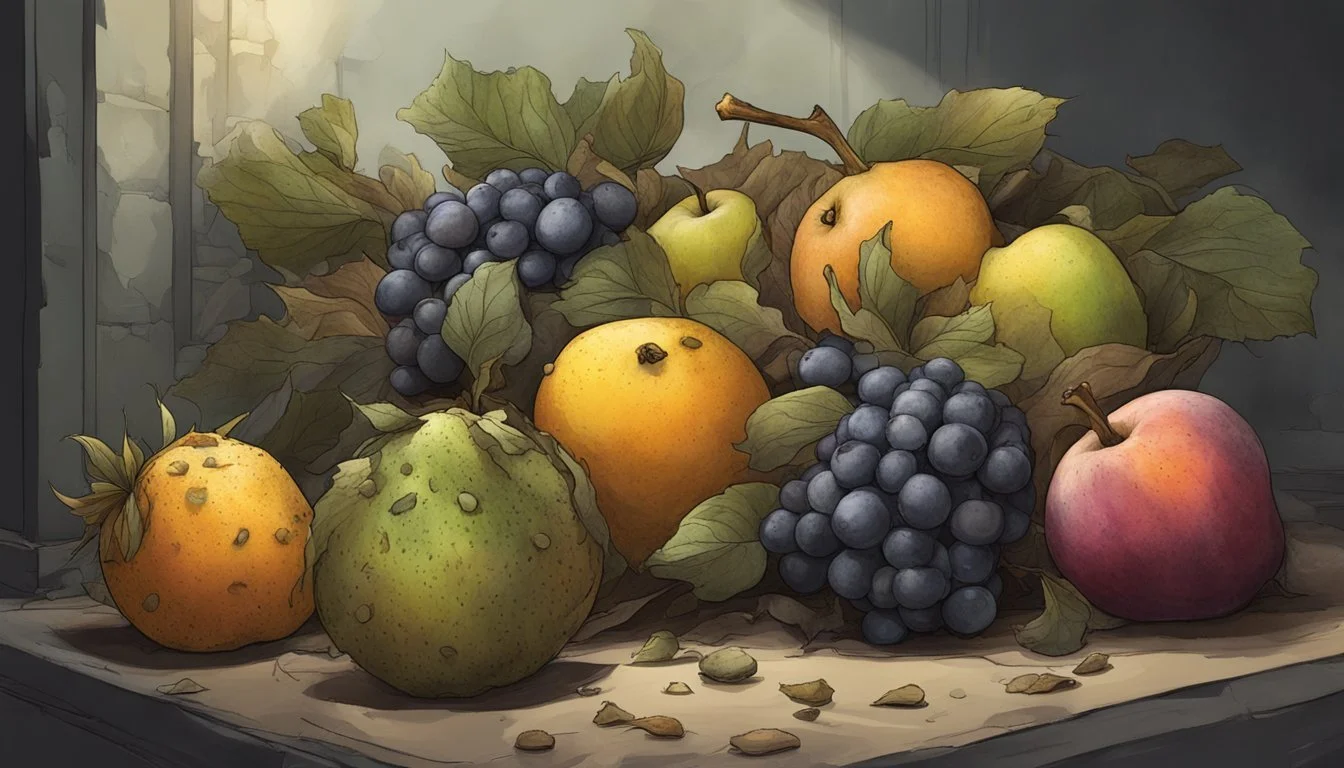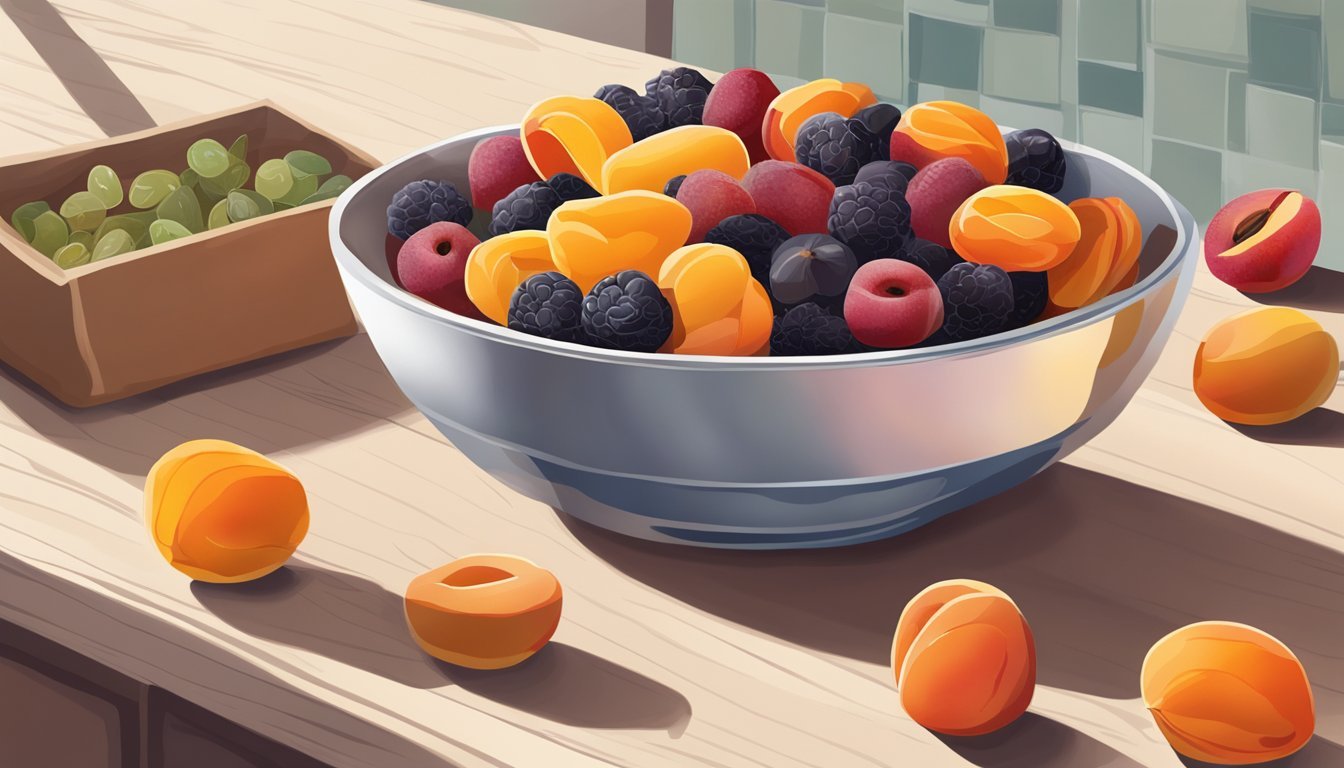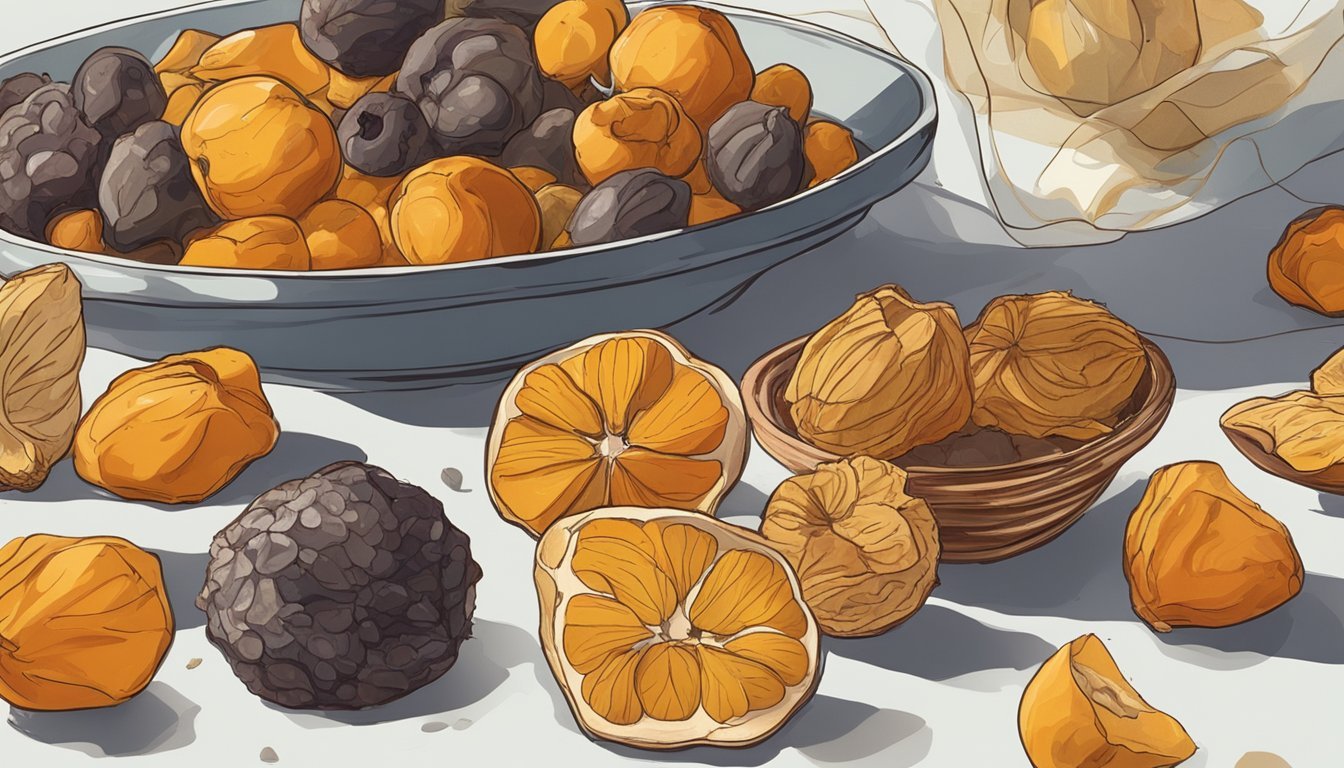Does Dried Fruit Go Bad?
Shelf Life and Storage Tips
Dried fruit is a popular snack known for its convenience and long shelf life. Yes, dried fruit can go bad, but its longevity largely depends on storage conditions and methods. Properly sealed and stored in a cool, dry place, dried fruit can remain edible for several months to over a year.
Unopened dried fruit typically maintains its quality for about six months when kept in a pantry, while refrigeration extends its lifespan. Once opened, it's best to seal dried fruit tightly and store it in the fridge to preserve its quality. For those looking to store dried fruit for the long term, freezing is a viable option, as it can keep the fruit safe and tasty for an extended period, sometimes indefinitely.
It's essential to monitor dried fruit for signs of spoilage, such as unusual odors or mold growth. Regular checks can help ensure that dried fruit stays in good condition and remains a healthy, enjoyable snack.
Understanding Dried Fruit
Dried fruits are a popular snack known for their long shelf life and concentrated flavors. Key points of interest include their composition and nutritional value, the various types available, and the different drying techniques used.
Composition and Nutritional Value
Dried fruits retain much of the nutritional value of fresh fruits, despite losing water content during the dehydration process. They offer a concentrated source of fiber, vitamins, and minerals like iron. The removal of water increases the concentration of natural sugars and calories per serving. This makes dried fruits a sweet, energy-dense snack.
Antioxidants are also abundant in many types of dried fruits, aiding in the fight against oxidative stress. Despite the benefits, it's important to consume dried fruits in moderation due to their high sugar content.
Popular Types of Dried Fruit
A variety of dried fruits are widely enjoyed. Raisins and dates are among the most common, valued for their sweet taste and chewy texture. Apricots, cranberries, prunes, figs, mangoes, and dried apples are also popular choices.
Each type offers unique flavors and nutritional benefits:
Raisins: High in iron and potassium
Prunes: Rich in fiber and good for digestion
Apricots: Excellent source of vitamin A
Dates: Provide significant amounts of natural sugars and antioxidants
Drying Techniques
Several techniques are used to produce dried fruits, each affecting the texture and nutritional value. Sun drying is the oldest method, where fruits are left in the sun to dehydrate naturally. This method is energy-efficient but weather-dependent.
Dehydrating using a dehydrator is a controlled method, offering consistent results. It removes moisture evenly and can be used for various fruits like apples and mangoes. Vacuum drying and freeze-drying are more advanced methods, maintaining more of the fruit's original nutrients and texture.
In summary, drying techniques vary widely, influencing the taste and nutritional content of the dried fruit.
Proper Storage Methods
To ensure dried fruit stays fresh and lasts as long as possible, it's important to store it correctly. The ideal storage conditions, freezing for extended shelf life, and proper packaging and conditioning are key methods to keep in mind.
Ideal Store Conditions
Dried fruit should be kept in a cool, dark place to maintain its quality. A pantry or cupboard that stays under 60°F is ideal. Exposure to light and high temperatures can accelerate spoilage and degrade flavor and nutrients.
Airtight containers like mason jars, plastic storage containers, or Mylar bags are crucial for protecting dried fruit from moisture and pests. This helps prevent bacterial or mold growth and maintains freshness.
Properly stored dried fruit in these conditions can stay good for up to six months.
Freezing for Extended Shelf Life
If you need dried fruit to last longer, freezing is a highly effective option. Dried fruit can be kept in the freezer for 6 to 12 months or even longer if sealed properly.
Freezer bags or vacuum-sealed bags work well to prevent moisture loss and freezer burn. Ensure you press out as much air as possible before sealing to maintain the fruit's texture and flavor.
Label the packaging with the date before freezing to keep track of storage time and ensure you use older supplies first.
Packaging and Conditioning
Use airtight packaging to protect dried fruit from air and moisture. Glass jars, mason jars, and plastic storage containers with tight seals are highly recommended.
Conditioning dried fruit is a process to equalize moisture content and prevent mold. After drying, place the fruit in airtight containers and check daily for a week for any signs of moisture condensation.
Shake the containers to redistribute the fruit and ensure uniform moisture levels. If any condensation is visible, continue the drying process until it disappears. This step is essential for maintaining the quality and safety of dried fruit.
Signs of Spoilage
Recognizing the signs of dried fruit spoilage is crucial for maintaining food safety and quality. Pay attention to visual and textural changes as well as potential microbial risks to identify spoiled fruit.
Visual and Textural Changes
Dried fruits can change in color, texture, or develop mold growth when they go bad.
Discoloration: Look for any color changes. Spoiled fruit often becomes darker or develops unusual shades.
Texture: Fresh dried fruit should be slightly pliable. Hard, dry, or excessively sticky fruits indicate spoilage.
Mold: Visible mold is a clear sign of spoilage. Molds may appear as white, green, or black patches on the fruit's surface.
Regularly inspect your dried fruits for these visual and textural clues to ensure they remain safe to eat.
Microbial Risks
Bacteria and other microorganisms can contaminate dried fruit, posing health risks.
Foodborne Illness: Contaminated fruits may harbor bacteria such as E.coli, Salmonella, or Listeria, which can cause food poisoning.
Mold Growth: Microbial spoilage often manifests through mold growth. Check for any unusual smells, which can be a sign of microbial contamination.
Contamination: Be aware of the potential for cross-contamination in storage. Always store dried fruit in airtight containers to minimize microbial risks.
Being vigilant about these microbial risks is essential to prevent foodborne illnesses and maintain the safety of your dried fruits.
Effect of Dried Fruit on Health
Dried fruit has a long shelf life and offers considerable nutritional value, but it also contains high concentrations of natural sugars. This combination of benefits and risks makes understanding its impact on health crucial.
High Concentration of Sugars
Dried fruits are known for their high concentration of natural sugars. Raisins, dates, and figs are examples where the natural sugar content becomes highly concentrated once the water is removed. This process makes them denser in nutrients but also increases their sugar levels.
For individuals monitoring their blood sugar levels or managing type 2 diabetes, this can pose a challenge. The sugar in dried fruits can cause significant spikes in blood sugar levels. Despite these sugars being natural, consuming them in large quantities could potentially lead to health risks such as weight gain or dental issues.
Potential Health Benefits
Dried fruits also come with several benefits. They are packed with vitamins, minerals, and fiber. For instance, dried apricots provide a good source of iron and dried berries are rich in antioxidants. These nutrients support overall health by boosting the immune system, improving digestion, and offering energy.
Regular consumption, as seen in trail mixes, can be convenient and provide a quick energy boost. People who consume dried fruits regularly may have a lower risk of developing certain types of cancer. Studies suggest that consuming three to five servings per week is linked to a reduced risk of bladder and colon cancer.
In conclusion, while dried fruits are nutrient-dense and convenient, their high natural sugar content should be considered when incorporating them into a balanced diet.
Usage in Culinary Practices
Dried fruits offer a concentrated flavor that enhances various dishes. They are versatile ingredients in both sweet and savory recipes.
Incorporation into Baked Goods
Dried fruits are popular in baking, adding sweetness and texture to baked goods. Raisins, currants, and dried apricots are common in bread, muffins, and cookies.
Their low moisture content helps maintain the integrity of baked goods without making them soggy. Before adding dried fruits to recipes, they are often soaked in warm water or juice to plump them up, which enhances their flavor and moisture.
Dates and figs can be used in cakes and tarts, providing rich taste and chewy texture.
As a Standalone Snack
Dried fruits serve as an easy, nutritious snack. They are preserved and pack a lot of flavor and energy in a compact form.
Dried apples, bananas, and mango are favored for their natural sweetness and chewiness. They offer a convenient alternative to fresh fruits, especially for on-the-go snacking.
Often, dried fruits are paired with nuts to make trail mixes, providing a balanced snack with fiber, vitamins, and healthy fats. They are also kept in airtight containers to maintain their taste and texture.
Creative Cooking Ideas
In savory dishes, dried fruits can enhance taste and complexity. Dried cranberries, for instance, add tartness to salads, rice dishes, and sauces.
Dried cherries and apricots complement roasted meats like chicken and pork, providing a sweet contrast to savory flavors. They are used in stuffing for poultry or combined with grains like quinoa.
Blending dried fruits into sauces, chutneys, and even marinades can create layers of taste in a recipe. Combining them with spices and herbs enhances both sweet and savory profiles.






